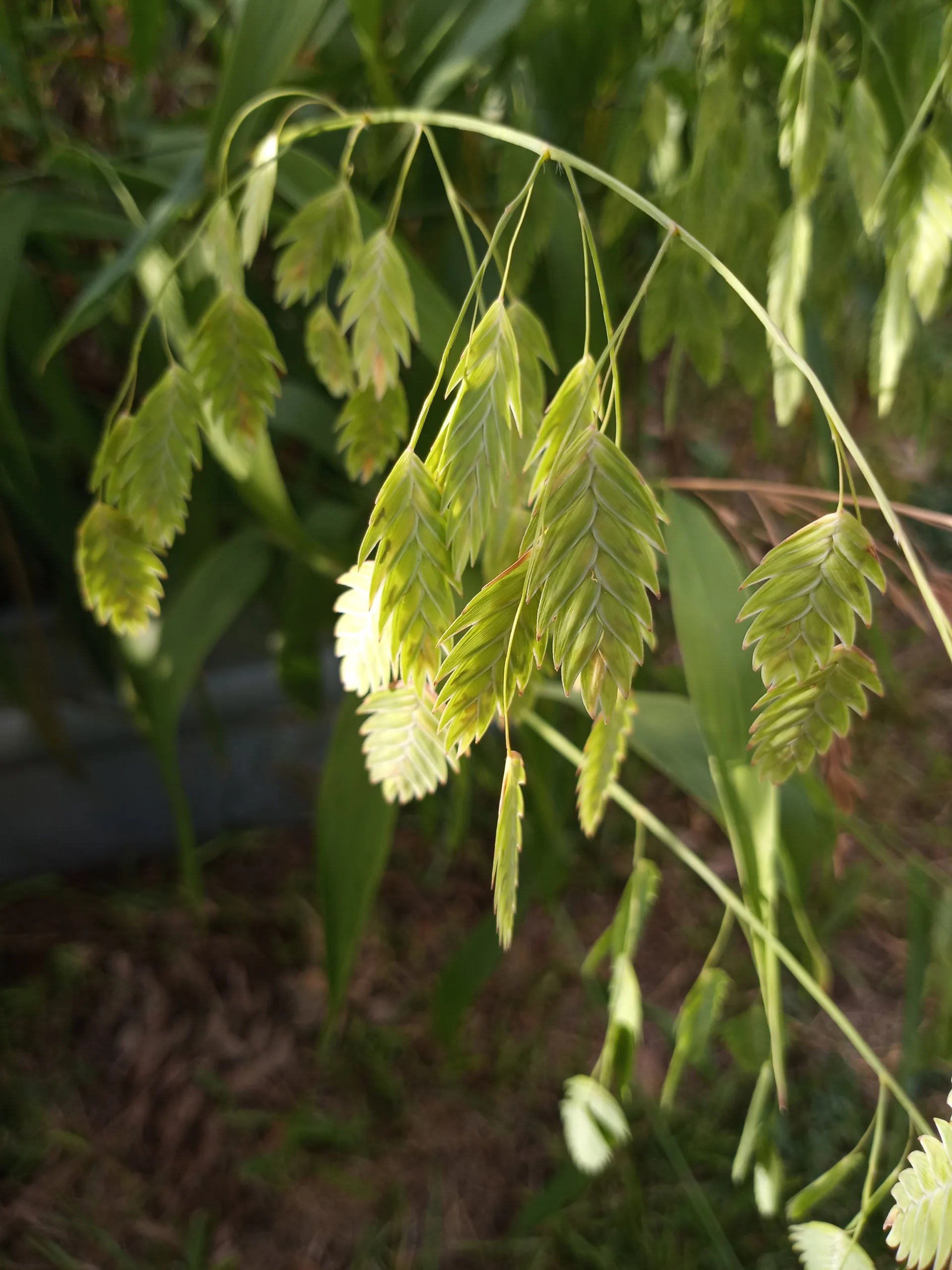Join us at the annual Yantis Prairie Day on September 28 from 9:00am – 2:00pm at 124 W Oak Street in Yantis, Tx. The Lakes & Pines Chapter of the Native Plant Society will be having our Fall native plant sale (cash only) with plants starting at only $5 and free seed packets. Stop by our information booth to say hello, ask questions and take home some plants that are native to Northeast Texas! For more info about Yantis Prairie Day click HERE.
Below are the plants available in our upcoming plant sale. You can select from the Table of Contents or scroll down and click on the gallery of available plants for detailed plant info. Use the table at the end of this page to make your own plant shopping list. Note that this list may change as the plant sale approaches.
Table of Contents
Available Plants by Type
Tree
Herbaceous
Common Yarrow
Achillea millefolium

Butterfly Milkweed
Asclepias tuberosa

Green Milkweed
Asclepias viridis

Blue Mistflower
Conoclinium coelestinum

Angel Trumpet
Datura wrightii

Wild Woodland Strawberries
Fragaria vesca

Texas Star Hibiscus
Hibiscus coccineus

Halberd Leaf Hibiscus
Hibiscus laevis

Texas yellowstar
Lindheimera texana
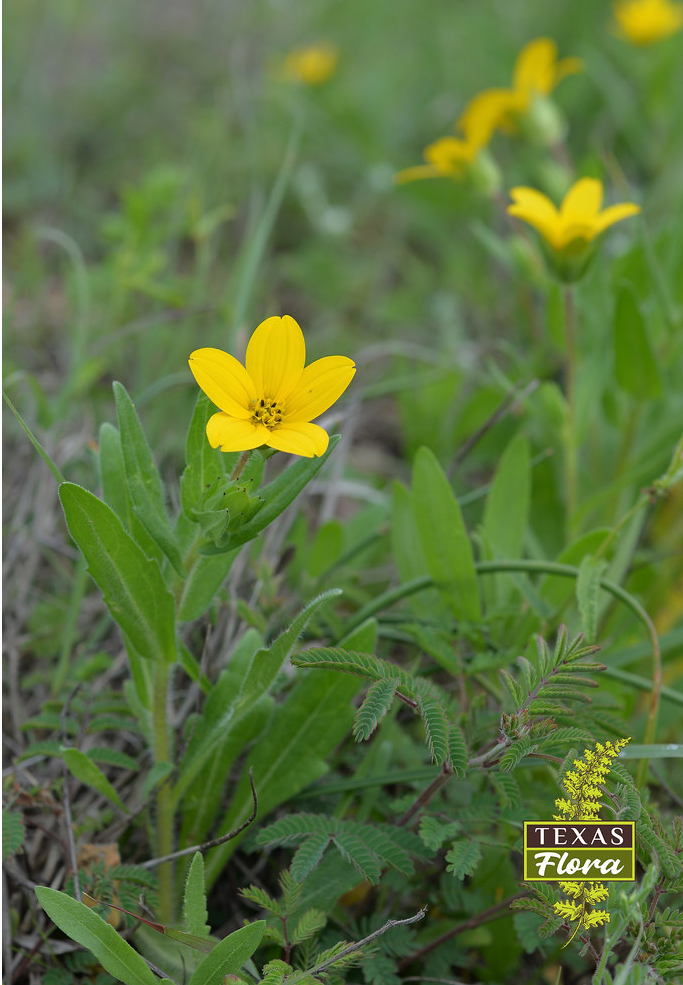
Beebalm
Monarda fistulosa

Obedient Plant
Physostegia virginiana

Scarlet Sage
Salvia coccinea

Mealy Blue Sage
Salvia farinacea

Frostweed
Verbesina virginica

Grass & Sedge
Shrub
Flame Acanthus
Anisacanthus quadrifidus var. wrightii

American Beautyberry
Callicarpa americana
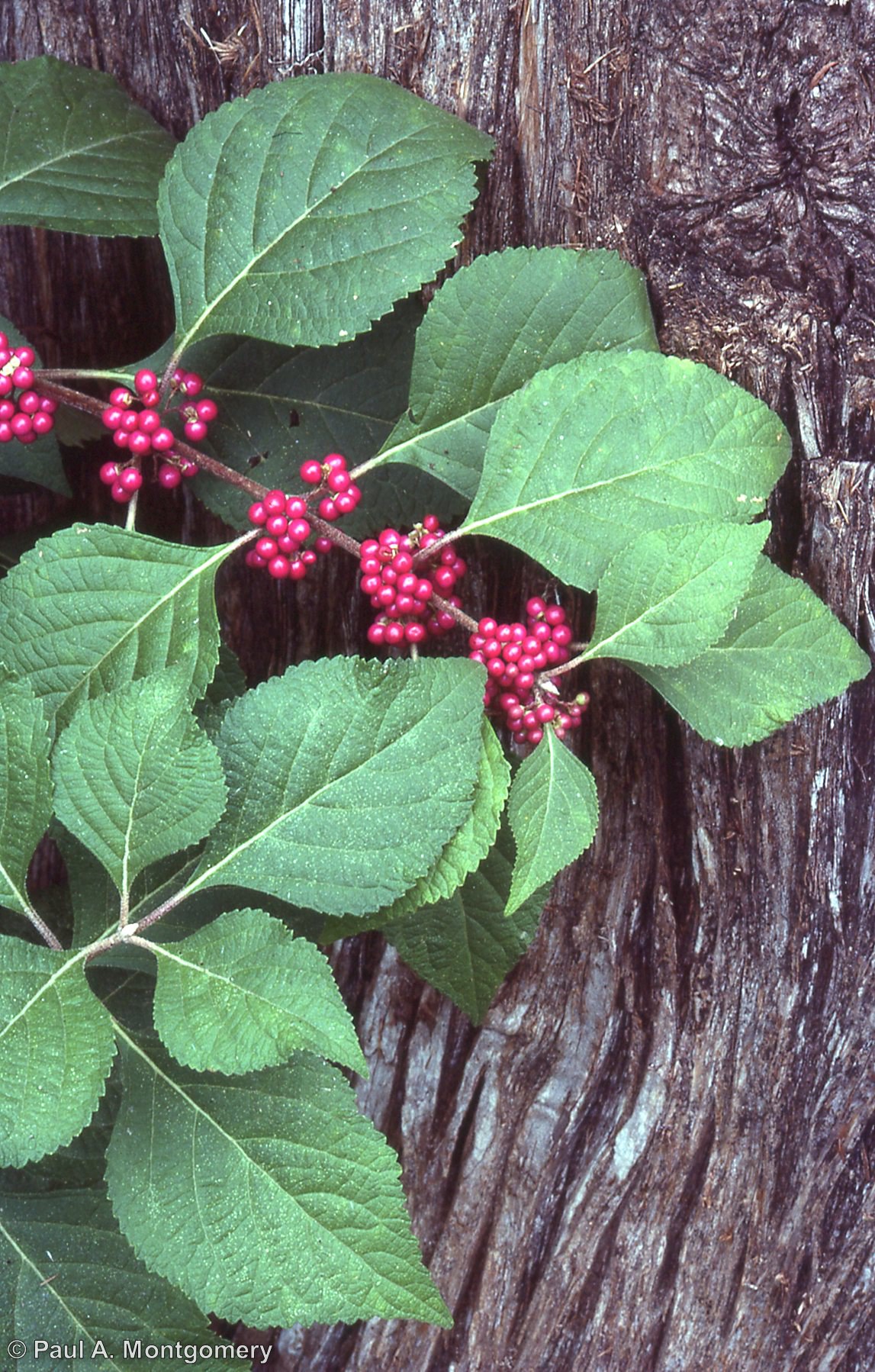
Buttonbush
Cephalanthus occidentalis
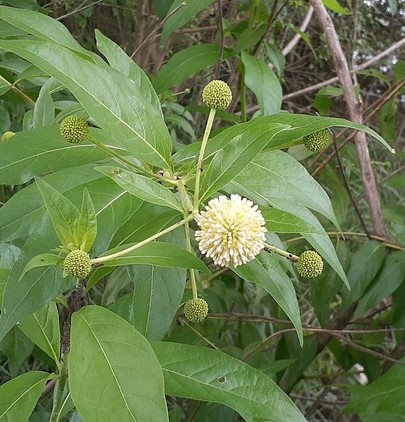
Coralbean
Erythrina herbacea

Woolly Rose Mallow
Hibiscus moscheutos ssp. lasiocarpos

Texas Lantana
Lantana horrida

Turk's Cap
Malvaviscus arboreus

Vine
Spurred Butterfly Pea
Centrosema virginianum
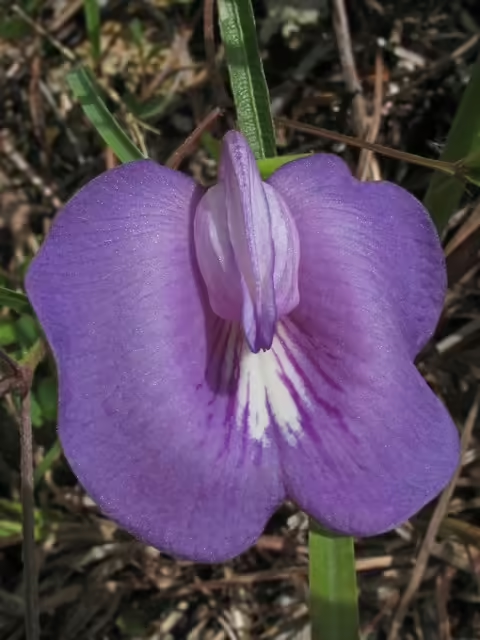
Yellow Passionflower
Passiflora lutea

Muscadine Grape
Vitis rotundifolia

Cactus & Succulent
Fern
Groundcover
Plant Sale Table
Here is the same list in tabular form. If you’d like to make your own shopping list you can copy and paste this table into a spreadsheet. For best results paste as text format into the spreadsheet.
| Common Name | Scientific Name | Growth Form | Light Requirement | Water Requirement |
|---|---|---|---|---|
| American Beautyberry | Callicarpa americana | Shrub | Part Shade | Low, Medium |
| Angel Trumpet | Datura wrightii | Herbaceous | Sun | Medium |
| Beebalm | Monarda fistulosa | Herbaceous | Sun, Part Shade | Low |
| Blue Mistflower | Conoclinium coelestinum | Herbaceous | Sun, Part Shade | Medium |
| Butterfly Milkweed | Asclepias tuberosa | Herbaceous | Sun | Low |
| Buttonbush | Cephalanthus occidentalis | Shrub | Sun | High |
| Christmas Fern | Polystichum acrostichoides | Fern | Part Shade, Shade | Medium |
| Common Yarrow | Achillea millefolium | Herbaceous | Sun, Part Shade | Medium |
| Coralbean | Erythrina herbacea | Shrub | Sun, Part Shade | Medium |
| Farkleberry | Vaccinium arboreum | Tree | Part Shade | Medium |
| Flame Acanthus | Anisacanthus quadrifidus var. wrightii | Shrub | Sun, Part Shade | Very Low |
| Frogfruit | Phyla nodiflora | Groundcover | Sun | Low, Medium |
| Frostweed | Verbesina virginica | Herbaceous | Part Shade, Shade | Low, Medium |
| Green Milkweed | Asclepias viridis | Herbaceous | Sun | Low |
| Halberd Leaf Hibiscus | Hibiscus laevis | Herbaceous | Sun, Part Shade | Medium |
| Horseherb | Calyptocarpus vialis | Groundcover | Sun, Shade | Low, Medium |
| Inland Sea Oats | Chasmanthium latifolium | Grass & Sedge | Part Shade, Shade | Low, Medium |
| Mealy Blue Sage | Salvia farinacea | Herbaceous | Sun | Low |
| Muscadine Grape | Vitis rotundifolia | Vine | Part Shade | Medium |
| Obedient Plant | Physostegia virginiana | Herbaceous | Sun, Part Shade, Shade | Medium, High |
| Scarlet Sage | Salvia coccinea | Herbaceous | Sun, Part Shade, Shade | Low, Medium |
| Spurred Butterfly Pea | Centrosema virginianum | Vine | Part Shade, Shade | Low, Medium |
| Texas Lantana | Lantana horrida | Shrub | Sun | Very Low, Low |
| Texas Star Hibiscus | Hibiscus coccineus | Herbaceous | Sun, Part Shade | High |
| Texas yellowstar | Lindheimera texana | Herbaceous | Sun | Low |
| Turk's Cap | Malvaviscus arboreus | Shrub | Sun, Part Shade, Shade | Low, Medium |
| Wild Woodland Strawberries | Fragaria vesca | Herbaceous | Part Shade, Shade | Medium, High |
| Woolly Rose Mallow | Hibiscus moscheutos ssp. lasiocarpos | Shrub | Sun | Medium |
| Yellow Passionflower | Passiflora lutea | Vine | Part Shade | Low |




